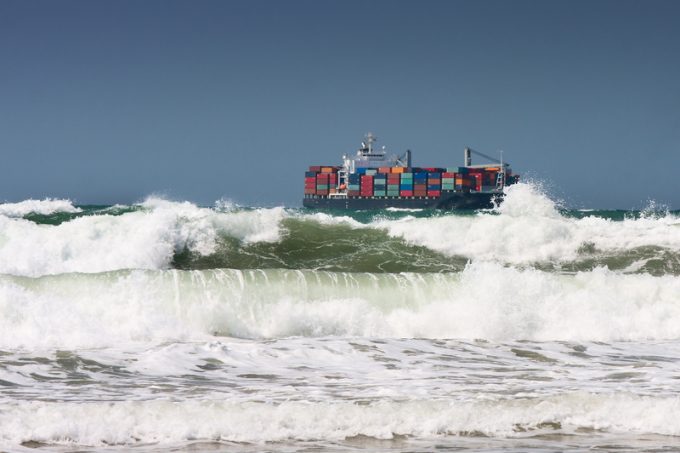De minimis change would be 'no bad thing' for logistics operators
Logistics suppliers appear increasingly unfazed by the chaos emanating out of the White House and ...

Severe congestion in South Africa’s ports is forcing shipping lines to omit the country from their services.
Currently 96 vessels are waiting at anchor outside ports, costing the economy R98m ($5.32m) a day, according to the South African Association of Freight Forwarders (SAAFF).
Maersk is among the lines skipping calls; earlier today it warned of long waiting times at Durban and noted that “CMA has triggered a Cape Town omission on the APL Houston eastbound voyage due to berthing congestion in Cape ...
Volcanic disruption at Anchorage could hit transpacific airfreight operations
Macron calls for ‘suspension’ – CMA CGM's $20bn US investment in doubt
De minimis exemption on shipments from China to the US will end in May
Forwarders stay cool as US 'liberation day' tariffs threaten 'global trade war'
Looming Trump tariffs will create 'a bureaucratic monster' for Customs
Mixed response in US to 'Liberation Day', while China leads wave of retaliation
Tariffs and de minimis set air freight rates on a volatile course

Comment on this article